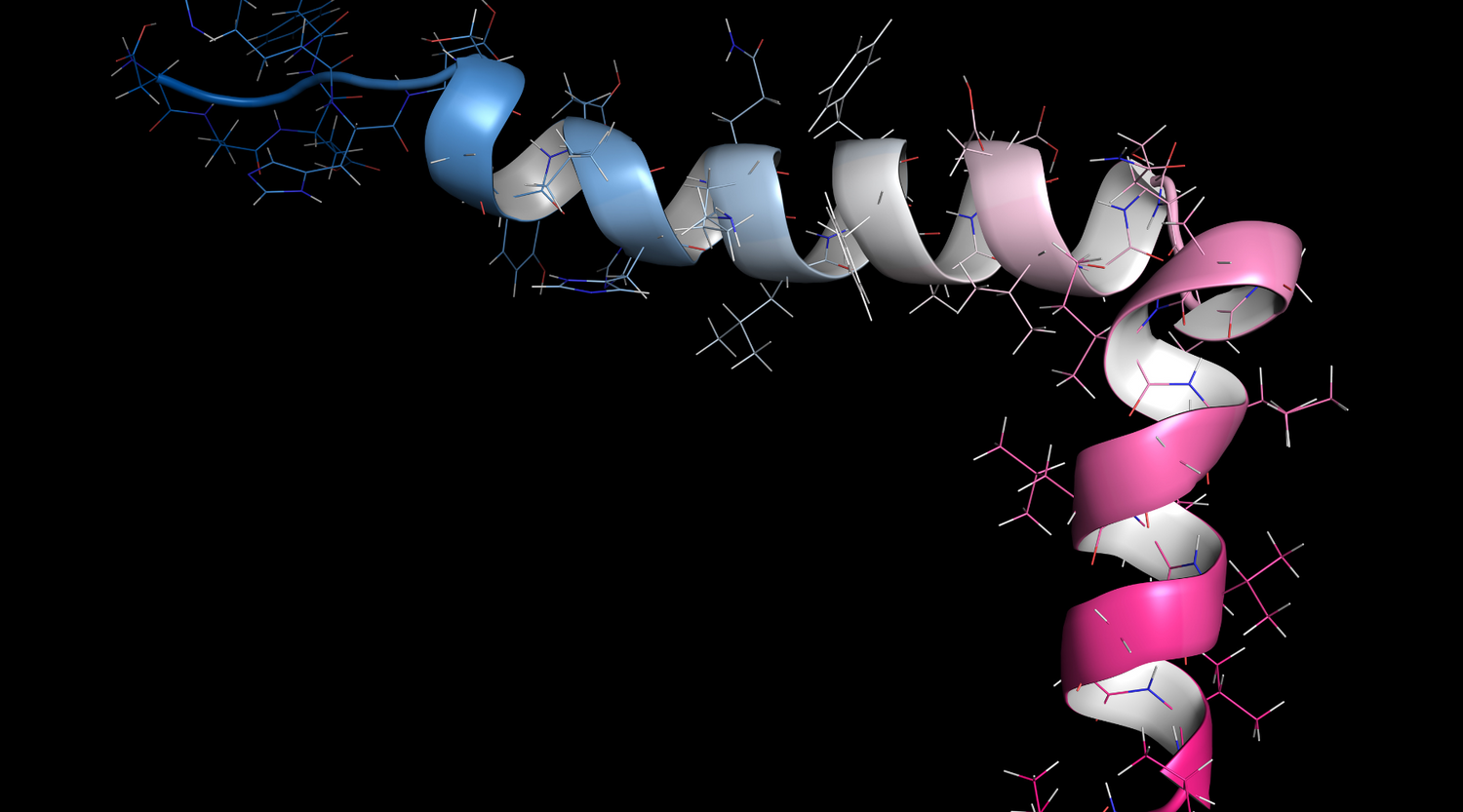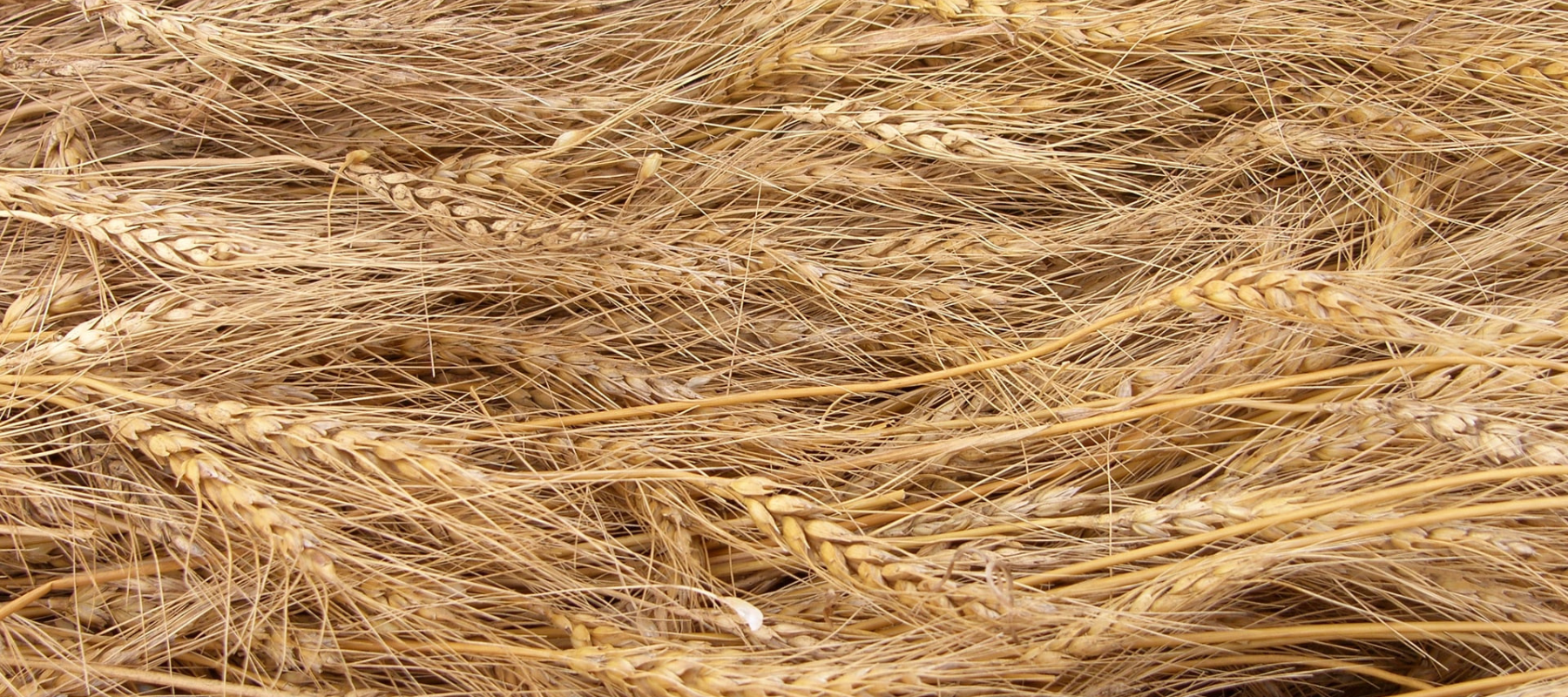This year, I took part in the Japanese ritual of Ōsoji, or cleaning and preparing my home for the new year. The Japanese believe that last year’s dirt and clutter must be cleared away to enter the new year with freshness. Every part of the house is examined—even the corners of closets. Not unlike Marie Kondo, whose particular way of folding is functional as well as aesthetic, I spent time folding nearly every item in the house and decluttering every nook and cranny.
Loss of Proteostasis
When I sat down to think about the hallmarks of aging, this month’s hallmark, the loss of proteostasis (protein homeostasis) followed neatly from my recent cleaning practices. The body pays similar attention to folding and, as we’ll discuss, refolding proteins as I did with my sweaters. When part of the process is out of balance, cellular clutter accumulates (this happens all too easily in my house) and the cell (and, later, the body) can become diseased or die.
To function, proteins need to be folded perfectly. And, for our bodies to function, we need this process to be conserved and protected: Proteins are responsible for nearly every task in our body including cell shape, waste cleanup, inner organization and routine maintenance.
Folding and Refolding
Stress, whether endogenous or exogenous, can cause the unfolding of proteins and impair proper folding during protein synthesis.
The cell has many ways to “handle” unfolded proteins: They are usually refolded by heat-shock proteins (other proteins!) or they are targeted for destruction.
Protein Degradation
There are three degradation (destruction) pathways available for proteins and two flavors of autophagy; both lead to the lysosome, or a cellular “bag” of digestive enzymes. Autophagy is a complex, tightly regulated, cell self-eating process. A leading Oxford University scientist, Professor Katja Simon describes autophagy as, “the recycling van that delivers the rubbish to the recycling centre. It is very important to degrade toxic waste for the survival of the cell, and a cell without autophagy cannot survive.”
But breaking down and removing waste is not all that autophagy can do. Autophagy has been found to play crucial roles in many cellular processes beyond proteostasis including metabolism, differentiation and development, cellular and tissue homeostasis, immunity, and protection against aging and a diverse array of diseases.
The first flavor of autophagy is called chaperone-mediated autophagy, where Hsc70 (another protein!) binds to the protein to be degraded and takes it to the lysosome. In the second, called macroautophagy, proteins are sequestered into autophagosomes, smaller “trash bags,” that later fuse with lysosomes.
Failure to refold or degrade unfolded proteins can lead to their accumulation and aggregation –think trash piling up—resulting in toxic levels of proteins.
Proteins & Aging
Many studies suggest that proteostasis is altered with aging and both the manufacturing and the cleanup processes are impacted. For example, in some age-related diseases like Alzheimer’s disease, Parkinson’s, and cataracts, the chronic expression of unfolded, misfolded, or aggregated proteins play a key role. Experiments that improve and conserve the heat shock response (refolding) result in longer-lived organisms. And, experiments that conserve or improve rates of autophagy –known to decline with age—also have longevity effects.
The Good News about Autophagy
While it is difficult to influence the folding of proteins, the autophagic processes, particularly macroautophagy, has been shown to be positively influenced by a range of lifestyle factors including deep sleep, high intensity exercise, fasting, and, lastly, and perhaps most importantly, calorie restriction mimetics.
Calorie Restriction Mimetics
Calorie restriction mimetics are foods, supplements, or pharmacological agents that mimic the effects of calorie restriction. Among them are rapamycin and spermidine.
Rapamycin
Rapamycin, for example, has been shown to delay multiple aspects of aging in mice and largely dependent on the induction of autophagy. It does, however, have immunosuppressive side effects.
Spermidine
As you can probably guess, we are most excited about spermidine. In contrast to rapamycin, it has no known negative side effects and also promotes longevity through the induction of autophagy. The known health benefits of spermidine are many including reduced telomere loss (the second hallmark) and cellular stress, more balanced hormones, and, on a beauty note, reduced hair loss and grey hair, increased hair growth and fullness, and rejuvenated skin.
Sign Me Up for Spermidine!
Spermidine can be found in many foods such as aged cheeses and wheatgerm.
Though, if we had to incorporate one spermidine-rich food into our diet on a daily basis, we would do what the long-lived Okinawans do and eat their version of natto, a Japanese delicacy and a long-fermented tofu that has the highest spermidine content by weight.
Autophagy Supplements like Primeadine
If you’re not a natto enthusiast, perhaps the easiest way to induce autophagy is to maintain spermidine levels through autophagy supplements. Like all things, not all supplements are created equal.
Things to look out for when choosing your supplements: fillers, flow agents, purity, spermidine source, and manufacturing processes. For this, you’ll have to become a master label reader. We recommend avoiding talc, a common filler, due to its link to stomach cancer. Flow agents help raw materials “flow” better during manufacturing; commonly, industrial seed oils are used but they create “wobbly” cell membranes instead of perfectly round, stable membranes, which you don’t want. Purity and source go hand in hand, food-derived and food-grade spermidine is preferred due to its safety profile.
You can find out our premium spermidine supplement, Primeadine®, here.
Ōsoji for Your Home and Your Cells
We hope that you find balance as you approach the new year and this “new” hallmark. With spermidine and, perhaps, the application of the Marie Kondo method, you and your cells can have a clutter-free new year.
Written by: Katsume Stoneham, BS, Molecular Biology, MA, Public Health




Leave a comment
All comments are moderated before being published.
This site is protected by hCaptcha and the hCaptcha Privacy Policy and Terms of Service apply.